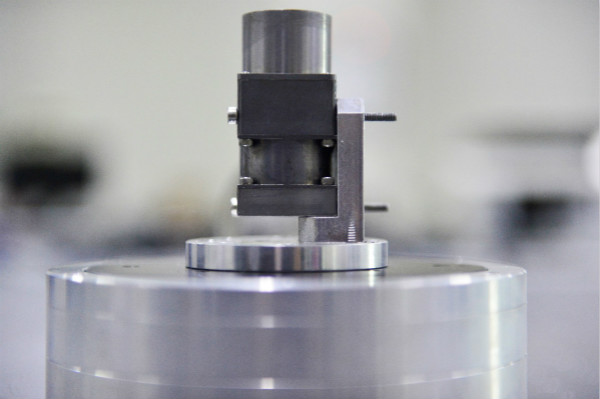Micro-angular Vibration Sensor: Never Miss the Target in Interstellar Propagation
Professor Xingfei Li from Tianjin University (TJU) together with his team have made a major breakthrough in key technologies of line-of-sight stabilization of acquisition, tracking, and pointing (ATP) systems. The magnetohydrodynamic (MHD) angular rate sensor (ARS) developed has been authorized as one of core devices of the spaceflight pilot project supported by China Academy of Space Technology (CAST).
The MHD ARS developed by the team has been demonstrated to be able to measure On-orbit vibration, where ultralow noise and wide bandwidth are demanded. Their research is believed to be able to fill the gap of the country in the field of on-orbit measurement. Utilizing MHD ARS as a feedback of the inertial stabilization platform, long-distance ATP can also be achieved correspondingly. The dazzling laser in Star Wars surprises the people. In reality, however, angular vibrations beyond the human eyes will indeed affect the performance of ATP systems. Although the amplitude of these vibrations is infinitesimal, normally under sub-microradian, it is sufficient to result in off-target for a long-distance ATP system. It is just like the Chinese old saying, a miss is as good as a mile. Angle is generally thought to be measured by degree, and one degree is equal to 60 arc minutes, or 3600 arc seconds. Whereas in the microscopic world, one sub-microradian is smaller than 0.2 arc seconds. Micro-angular vibrations caused by the motion or disturbance of payloads including spacecraft and their carriers refer to be broadband and high-frequency with the amplitude ranging from 10 microradians to 10-2 microradians. The environmental effects of micro-vibration mechanics with small amplitude and high frequency will not influence most spacecraft, however, will indeed affect the pointing precision and attitude stability of high-precision spacecraft, including high-resolution remote sensing satellites for ground observation, remote sensing spacecraft for deep space exploration, deep space laser communication satellites. The MHD ARS has no mechanical saturation allowing rapid recovery from large angle slews and low measurement noise levels without additional increased complexity in ultra-wideband. Besides, it possesses lower power consumption, lighter weight, lower cost, and higher shock resistance than other attitude sensors, which makes it more suitable for micro-angular vibration measurement. Meanwhile, it also plays a nonsubstitutable role in some frontier areas, such as deep space laser communications and directed energy weapons. Driven by the great national demands for precision sensing and control of On-orbit spacecraft, the team has developed the MHD ARS and mastered the design concept of the inertial stabilization platform. Equipment for simulation, fabrication, verification have been developed independently, contributing to high-precision spacecraft vibration modeling. Their achievements also promote the country much closer to international advanced level in sensors with ultralow noise and wide bandwidth, which lays a foundation for further development of sensing and control in deep space laser communications, directed energy weapons, large scale space laser applications and other scientific fields.



















